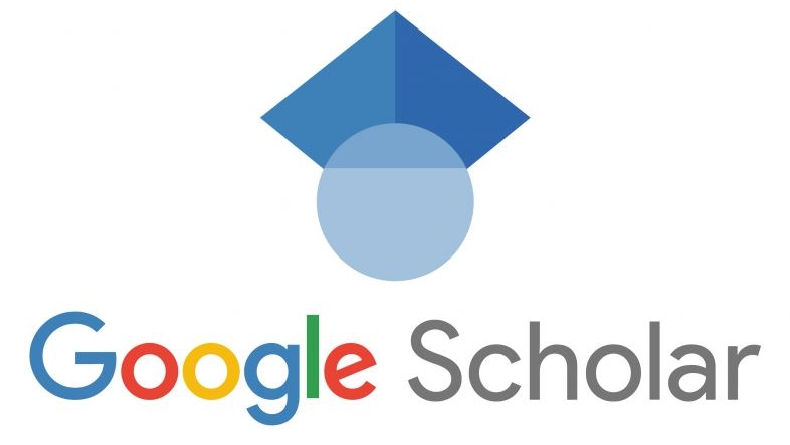TIME SERIES ANALYSIS FOR THE TREATMENT OF TYPHOID (ENTERIC) FEVER IN MAIDUGURI: USING ARIMA MODEL
Abstract
This paper titled time series analysis for treatment of typhoid (etteric) fever in Maiduguri; using Arima model, the paper has noticed that the data displayed both a trend and seasonality; the trend indicates a reduction in the most recent year's data. Using autocorrelation and partial autocorrelation function (ACF and PACF), the data can also be utilized to determine the model's order. The model obtained is subjected to model diagnostics in order to determine its efficiency and the model is used to forecast the typhoid fever. From the forecast graph shows that there may be a decrease in future years due to the pattern of the series the impression, we obtain from the graph is that predicted series seems to be trend upward and then downward. ARIMA (1,0,0) has the minimum value of AIC therefore it found to be best model. Hence, the model to fit the typhoid fever based on diplomatic test, which is LJung Box test from the family of Box Janks procedure, then our P-value is less than 0.05 level of significant, we reject the null hypothesis and conclude that the typhoid fever is statistically significant at 5% level of significant. Forecast of typhoid fever from February to December 2025 we also conclude that the typhoid fever is stable. Improve Sanitation and Hygiene: Implement measures to improve sanitation and hygiene practices, especially in areas with high disease prevalence. This may include promoting access to clean water, proper waste management, and hygiene education campaigns.



